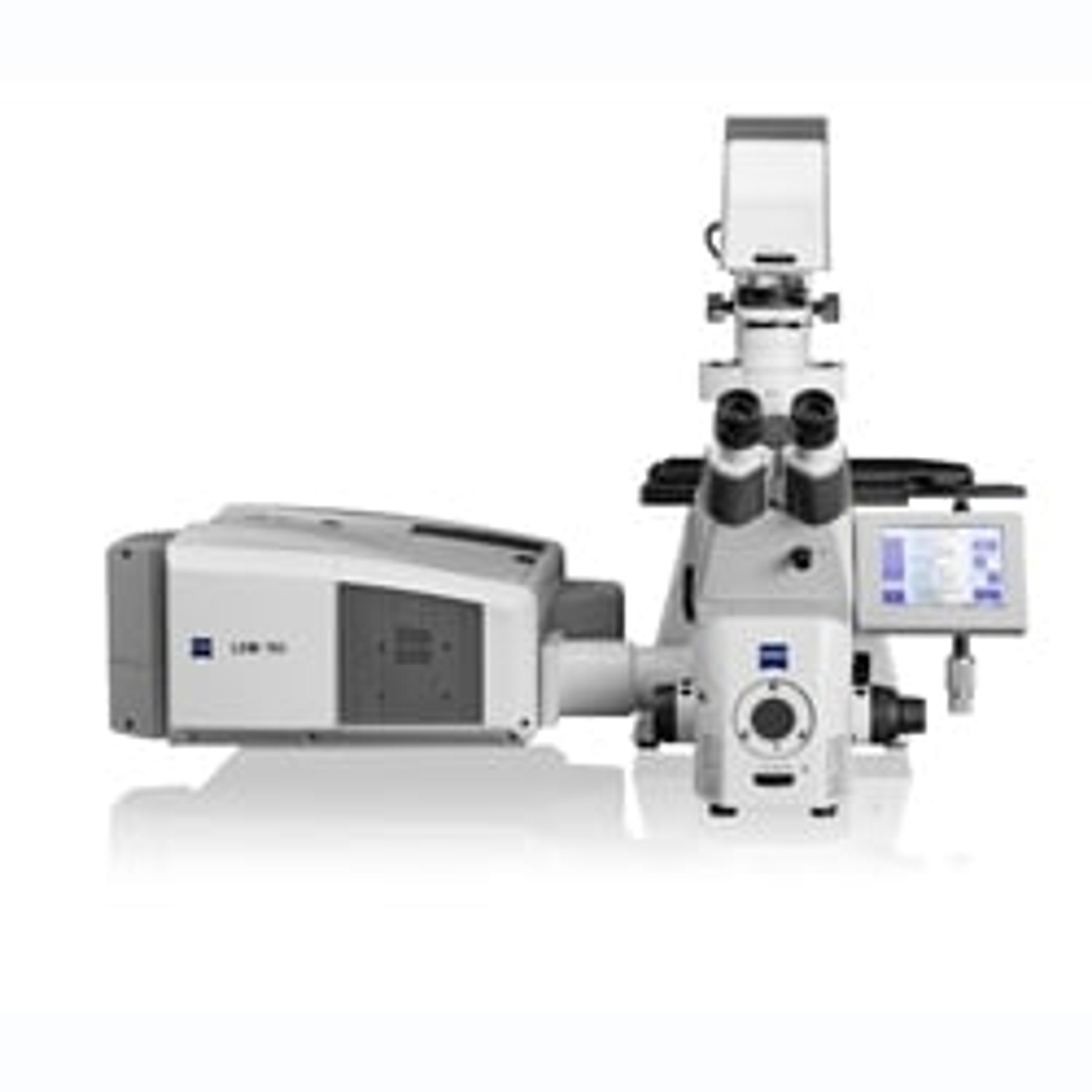Sensitivity in a New Dimension: The New LSM 780 Laser Scanning Microscope
16 Oct 2009With the LSM 780, Carl Zeiss is now adding a new member to its family of LSM 7 laser scanning microscopes. The use of the new GaAsP detector technology has almost doubled the sensitivity of the currently leading LSM 710.
Cell biologists and neurobiologists can now visualize weakly fluorescent or bleach-sensitive specimens and specimens with fine structures more quickly and with higher image quality. The higher quantum efficiency of the new detectors makes it possible for the LSM 780 to also image specimens which could not be satisfactorily examined in the past, such as sensitive and weakly stained yeast cells.
To make the GaAsP detector technology available to a wide range of users, it will be offered in three versions: as an internal spectral 32-channel detector in the LSM 780 laser scanning microscope, as a detector upgrade for existing LSM 710 systems and as the external LSM BiG upgrade module. All versions of the 32-channel GaAsP array permit traditional spectral imaging, photon counting with maximum sensitivity, and single molecule visualization through fluorescence correlation spectroscopy (FCS) with one to six signal channels.
With the universal LSM BiG module, the GaAsP technology can be used for further imaging modes. For multiphoton microscopy with the LSM 780 NLO and 710 NLO systems, the LSM BiG significantly improves non-descanned detection. While in the past several specialized detectors were required for imaging, multiphoton examination and FCS, the GaAsP technology of the LSM BiG makes it possible for all applications to be carried out with one universal module—with better image quality and faster image capture.

